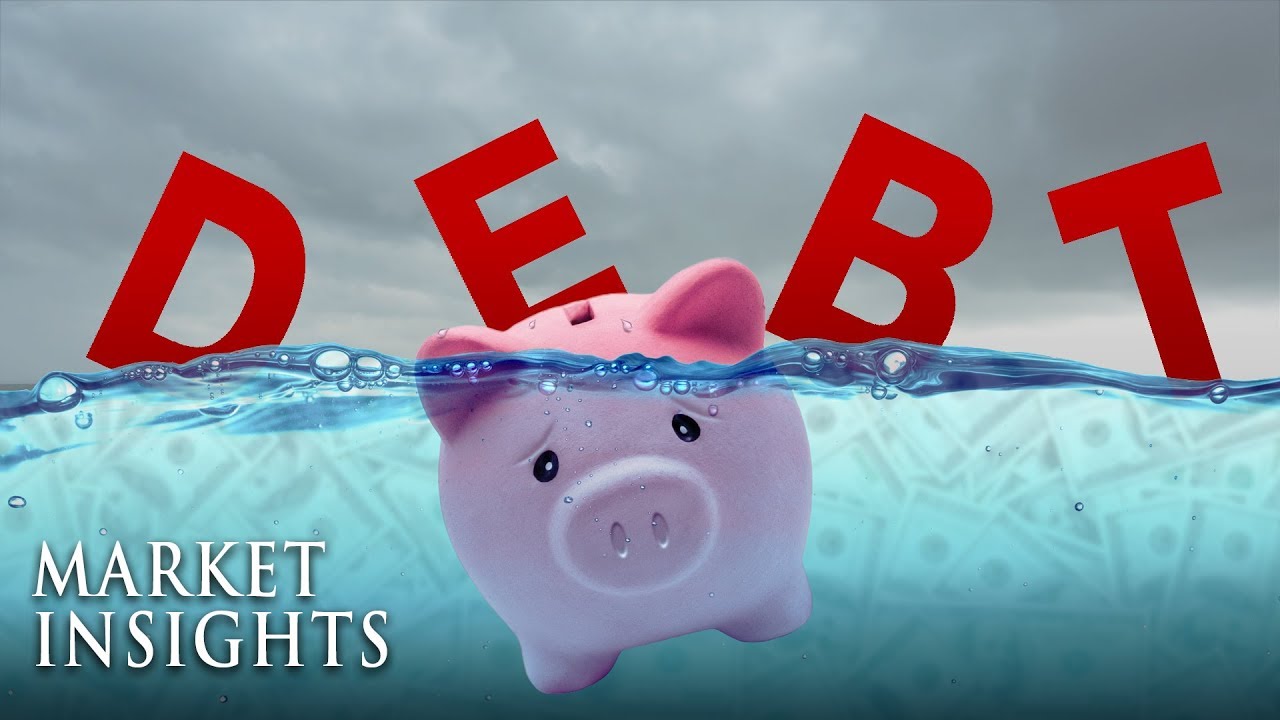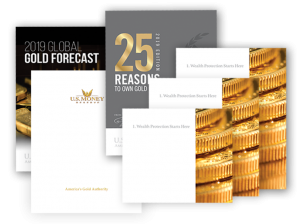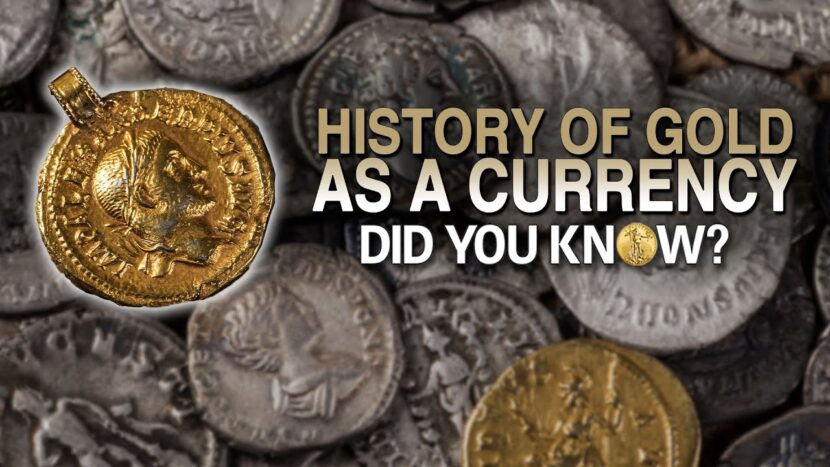In the past, United States debt had been front and center in news outlets and the general populations attention, though it seems like not many people are talking about it anymore. Many theorize that we've become complacent with our situation, to a point where we're now used to living in debt. We as a nation need to be aware of this and the economic factors at play in order to ensure the financial integrity of our nation. Learn more in today's episode of Market Insights with Patrick Brunson.
Dealing with U.S. Debt – Video Transcription
Patrick Brunson: 00:01
So this week we've been talking about the topic of debt, the United States debt, and where we currently sit. But one of the things that I've noticed recently is that the media hasn't really been covering the debt, really to any degree at this point. You used to be something that was very worrisome going back eight or nine years ago and the debt was one of the biggest celebrations that we got out of back in the 90s. But it seems like nowadays, nobody really talks about it anymore. Most people believe that this is because the majority of America has gotten to the point where they're now used to living in debt. They're now used to living in recessionary type society.
Patrick Brunson: 00:42
So, this has become a big topic over the last couple of weeks because now we're getting to the point where interest rates had been going up, we're in the middle of a trade war and we're now getting into spats with countries like Iran. Whenever we go to war, whenever we go into trade wars, whenever we get into issues of geopolitical uncertainty, it costs money. It costs a lot of money. And the biggest issue that I think people are really ignoring right now is the fact that we're knocking on the door of twenty three trillion dollars in debt. It is mathematically impossible right now, with our GDP and the amount of income the United States government brings in, it's mathematically impossible to pay off the debt with where we're currently at. That doesn't even count the deficit and the money, the unfunded liabilities, that we're going to be spending in the future. Look at Social Security for example, they expected to last another 10 or 12 years but at that point we don't know what's going to happen.
Patrick Brunson: 01:44
So, we got to start looking at these factors, because one of the biggest signs that we're not exactly normalized at this point, is the fact that the Federal Reserve last week chose to stop raising interest rates. That has a lot to do with the United States debt because the higher that interest rate gets the more that the government has to pay in interest on the massive debt. So the question we have to ask ourselves is why. Why would they stop raising interest rates all of a sudden? And not only that come out and hint to the fact that they may actually cut interest rates back down come July. Why are they doing this? Well the main reason why the Federal Reserve typically lowers interest rates is because we're either A. In a recession, and they need to basically stimulate the economy through cheap, borrowed money.
Patrick Brunson: 02:34
The second reason would be because President Donald Trump, over the course of the last several months, has been criticizing Jerome Powell and the Fed for raising interest rates to begin with. And that's a very, very clear sign to me that if we raise interest rates back to where it normally should be, which is between seven and 10 points, I think we would probably go into a massive recession or something major would happen with the stock market leading to a major crash. So we have to look at these things. We have to we have to look at what the Federal Reserve is doing. We have to look at the things that our president is saying, we have to look at all of these things to help us understand what's coming down the pike because, quite frankly, the Fed said several years ago in 2013 that they were going to start normalizing and raising interest rates back to normal levels, which is normally seven to 10 points.
Patrick Brunson: 03:26
We're not even halfway there yet and even when the Fed started to raise interest rates in 2018, it nearly collapsed the stock market in December. So, the writing's on the wall people. We have to pay attention to these things so we can protect our portfolios, protect our money and more importantly protect our family's financial future, especially with our children and our grandchildren. If the country does not get this debt under control sooner than later, then we're gonna be stealing from our kids, our grandchildren and great grandchildren and their overall economic uncertainty is going to be more unclear than it ever has been.
Patrick Brunson: 04:02
If you'd like to learn more you can get U.S. Money Reserve's recent report: In Debt & Out of Time. It has a lot of good, detailed information on gold as well as wealth protection. So to get your copy, click on the link below or call the number on your screen. If you liked the information today, please Like and Share this video and if you're watching us from YouTube please subscribe so that you don't miss a single episode. I'm U.S. Money Reserve's Patrick Brunson, and as always, thank you for watching Market Insights.





![[VIDEO] Here’s How Much Gold Is in Your Body: Did You Know? Video](https://www.usmoneyreserve.com/wp-content/uploads/2020/12/howmuchgoldisinyourbody-e1607717482128.jpg)

